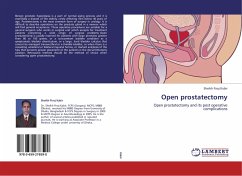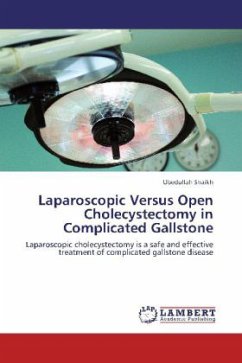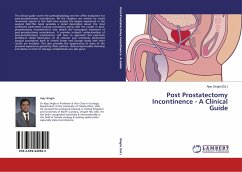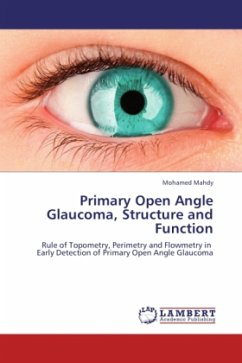Benign prostatic hyperplasia is a part of normal aging process and it is essentially a disease of the elderly, rarely affecting men below 40 years of age. Prostatectomy is the most common form of surgery in urology. It is difficult to describe operations on the prostate gland in a manner which will find general acceptance. These operative procedures are suitable for a general surgeon who works in surgical unit which accepts for treatment patients presenting a wide range of surgical problems. Open prostatectomy is usually reserved for patients with large prostates greater than 80 to 100 grams, or a concomitant baldder condition as a symptomatic bladder diverticulum, or a large, hard bladder calculus that cannot be managed transurethral or a thimble bladder, or when there is a coexisting unilateral or bilateral inguinal hernia, or marked ankylosis of the hips that prevents proper placement of the patients in the dorsal lithotomy position. Retropubic method should be the method of choice when considering open prostatectomy.
Bitte wählen Sie Ihr Anliegen aus.
Rechnungen
Retourenschein anfordern
Bestellstatus
Storno








